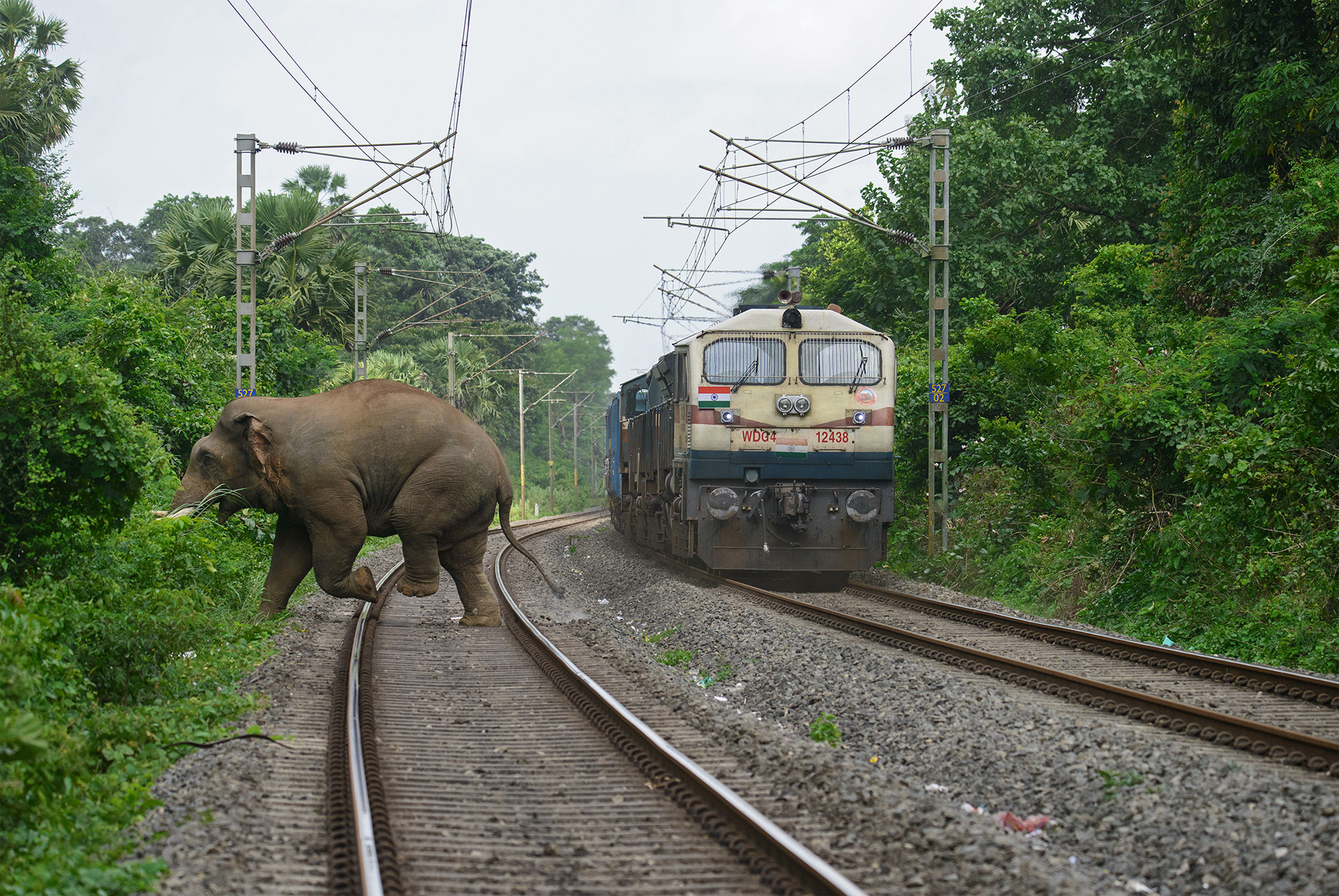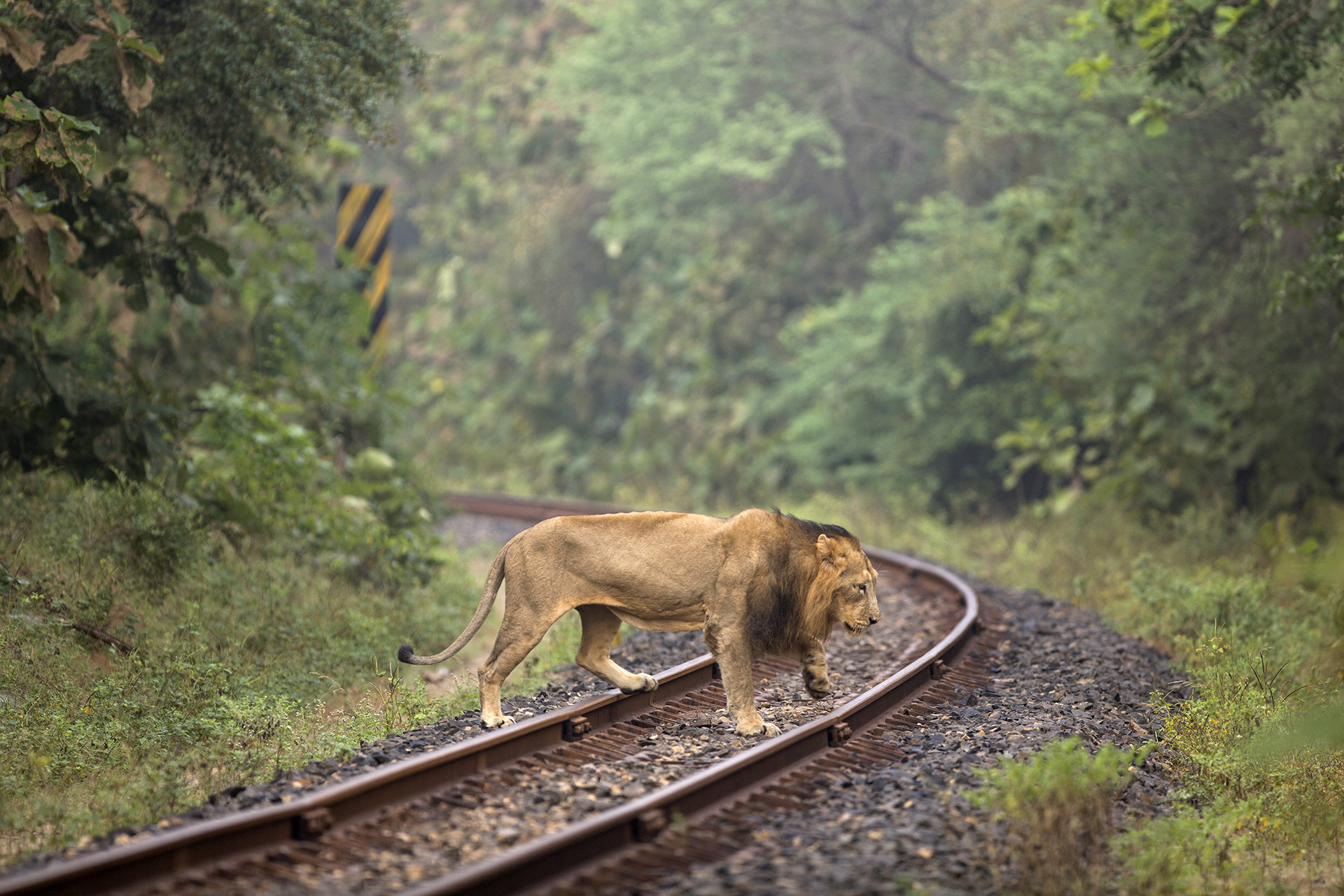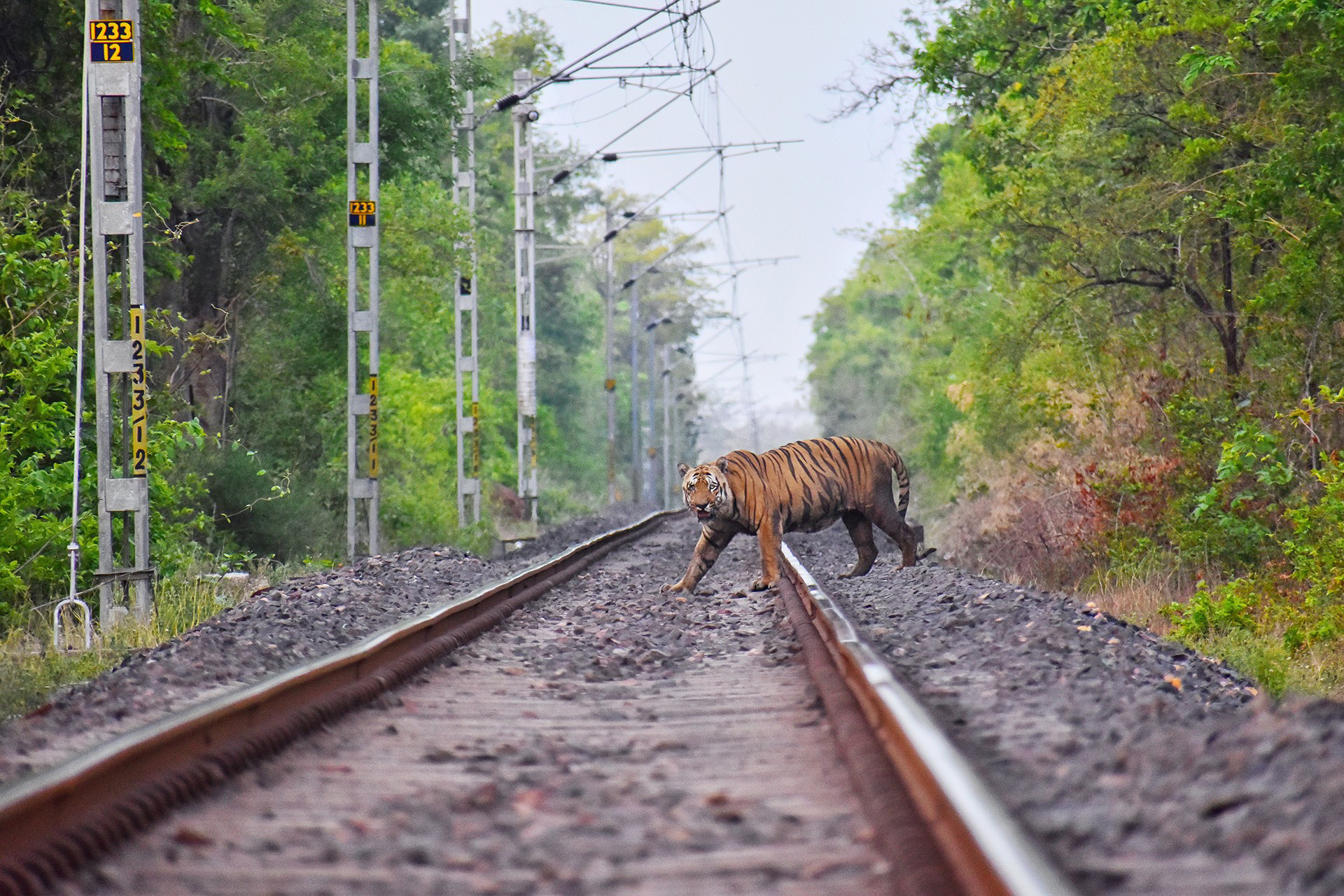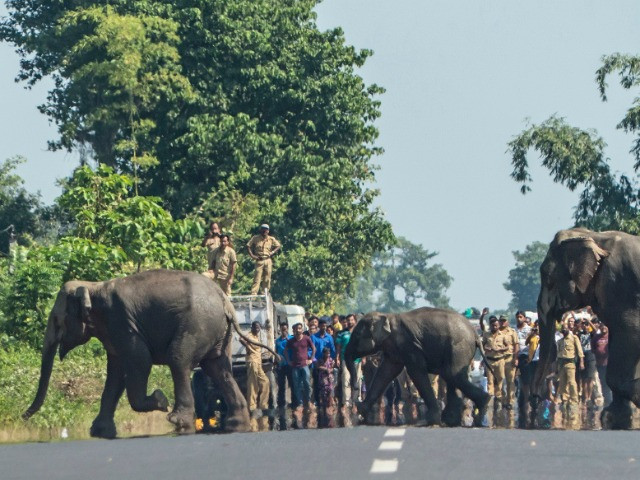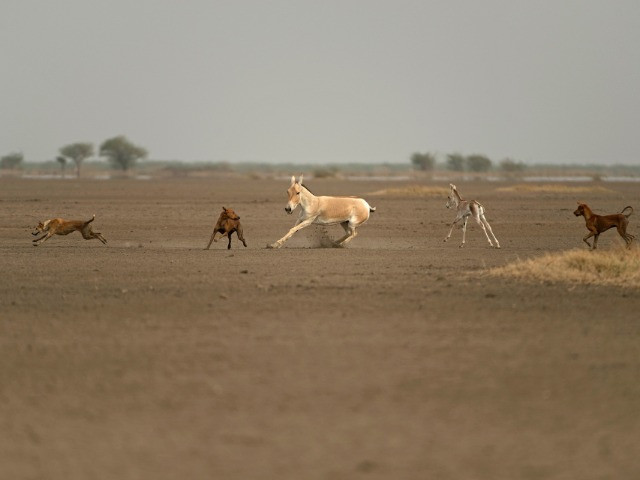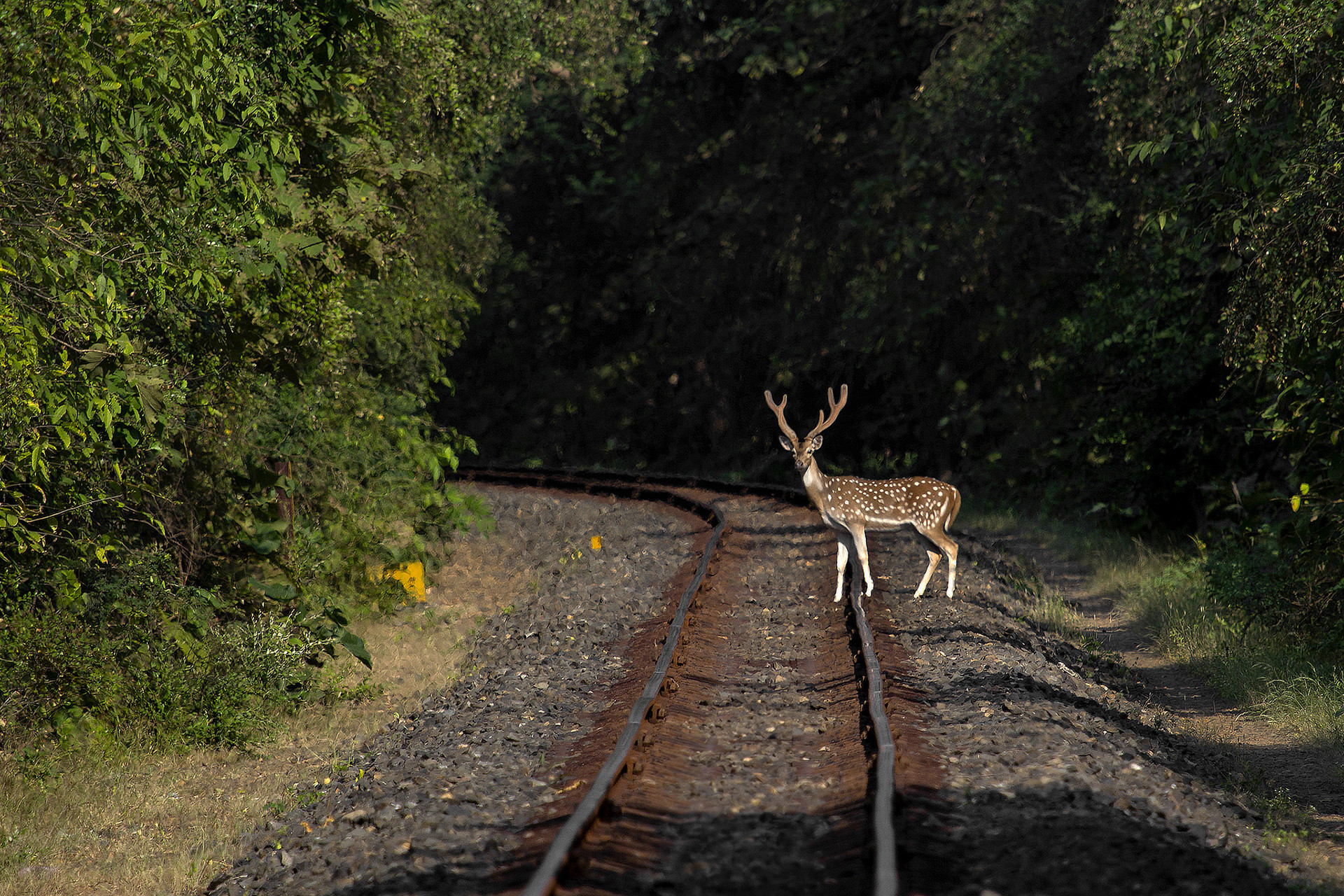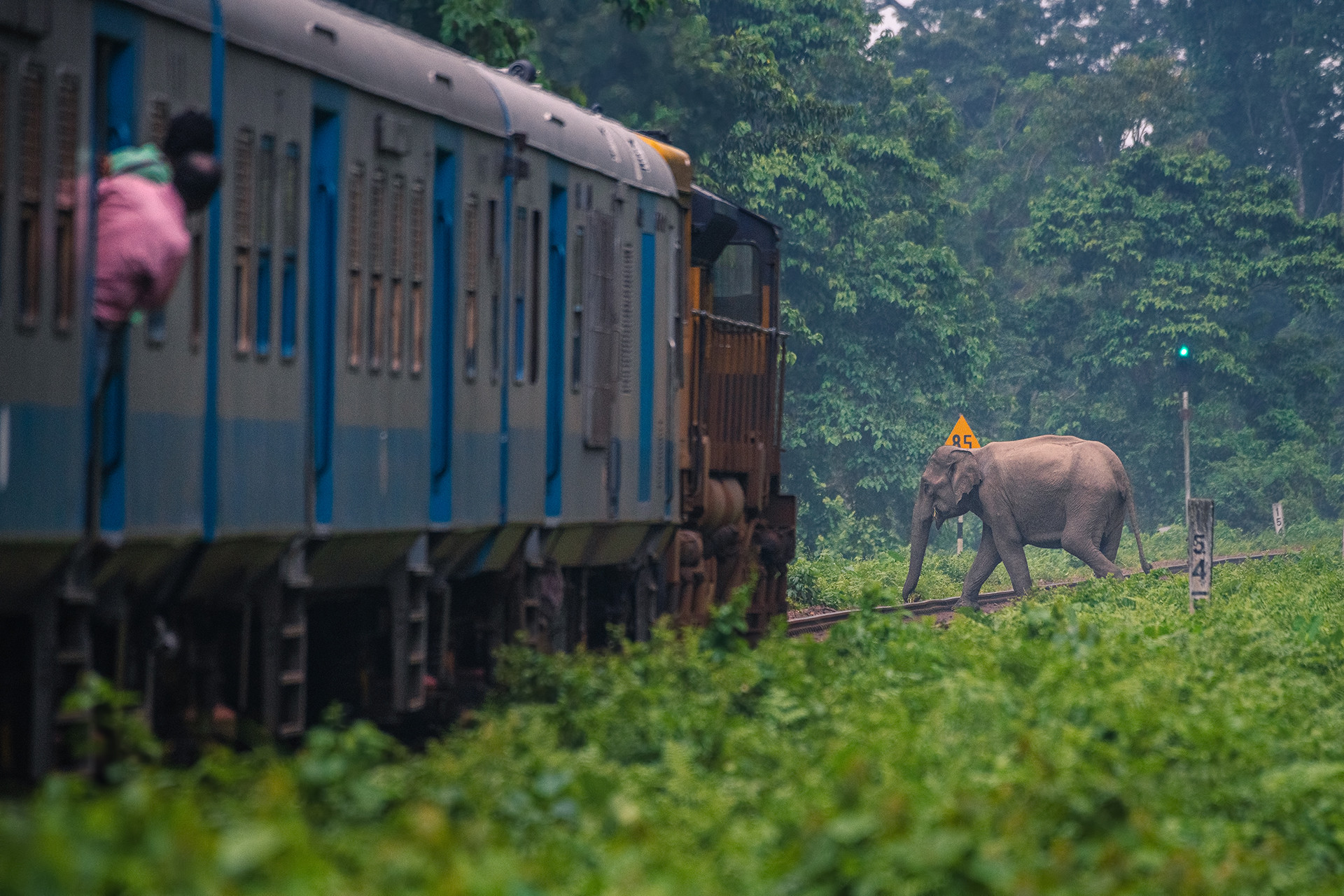In November 2013, a speeding train passed through the Chapramari Wildlife Sanctuary, West Bengal, and crashed into a herd of 40-50 elephants. The accident led to the death of 10 elephants, fatally injuring several others. The remaining grieving elephants were forced to leave the site by forest guards and other relief workers. This incident, and a few that preceded it, brought the conversation about animal deaths on railway tracks to centre stage, making it jarringly clear that something needed to be done right away to address the issue. But if we go by several news reports of animal deaths since then or the number of images we see of mangled animal bodies on train tracks, then we know that even after a decade, the urgency of the situation has not set in.
Between 2016 and 2018, 32,000 animals were killed on railway tracks in India. What is more concerning is that this number may be underestimated considering that incidents report the death of animals like lions, leopards, tigers, elephants and cattle, leaving out smaller-sized species that are equally in danger. As railway lines cut through forests and conservation sites, animals lose access to their food and water sources and are forced to encounter speeding trains every time they move about in their natural habitat.
Documentary photographer Avijan Saha, along with his field assistants Rohan and Pradip from Aranyak, Guwahati, spent 16 days on foot surveying the 162km railway line that runs from Alipurduar junction to Siliguri junction in West Bengal, to try and understand the impact the broad-guage has had on elephant movement in the region. "From previous studies, it was known that several elephant movement routes run through this stretch. But what we found was that during the harvest season of paddy and maize, the entire stretch and the surrounding areas become foraging zones for elephants. The extensive agricultural fields attract large herds and has effectively increased the number of cases of human-elephant and railway-elephant conflict in the region,” he explains.
It is not just the railway and forest authorities who should take the blame. Human activity has throughly modified these landscapes and the effects on elephant ecology is for everyone to see. "In cutting up the larger landscape, and putting trains in elephant stretches without early warning systems, we are the ones causing this conflict," writes conservation biologist Neha Sinha.
Elephants, tigers, leopards, bears, reptiles and birds—through this photo feature, we would like to emphasise how prevalent this problem is across species and regions in the country.
Aneesh Sankarankutty | Palakkad, Kerala
A narrow miss for this gentle giant! Sadly, others are not so lucky. In several regions, steep embankments on either side of the tracks make it difficult for elephants to move quickly when they sense a train coming. In Palakkad, elephants are known to make frequent trips to nearby fields, especially during the harvest season, and they regularly cross railway lines in search of food and water.
Tapan Sheth | Sasan Gir, Gujarat
The broad-gauge railway track that connects the town of Surendranagar to Pipavav, one of the largest ports in Gujarat, passes through Gir National Park. In December 2018, it was reported that three Asiatic Lions were mowed down by a goods train that was headed to the port. Between 2018 and 2019, 260 lions and their cubs lost their lives due to ‘unnatural causes’ in the state of Gujarat. Getting hit by trains was one of the listed causes. Apart from taking measures to reduce trains speeds, the Government is also planning to establish a dedicated facility for the treatment of lions in Sasan Gir.
Najish Ali | Chandrapur, Maharashtra
Waghdoh of Tadoba is a tiger not only famous in India but even abroad for his huge size. At present, this behemothic male lives in the Lohara-Junona Forest, which is divided into two halves by the Chanda Fort-Gondia railway track. This particular railway line has taken the life of a large number of wild animals including tigers, bears, leopards, wild dogs and more. This image was captured while Waghdoh was crossing the track, a few minutes after which a train rushed by.
Devendra Chauhan | Girnar, Gujarat
Grey langurs can adapt to a wide range of habitats. They are known to change locations, moving to agricultural areas during the harvest season and living deep within forests the rest of the time. Their agricultural forays place them in conflict situations, and linear projects are adding to their troubles. Sadly, their deaths go mostly unreported.
Rahul Kuchankar | Chandrapur, Maharashtra
Although not widely reported, Sloth Bears are also victims of fast-moving trains. In August 2020, a Sloth Bear was hit by a moving goods train near the Talodhi junction in Maharashtra. Similar reports have come in from the Rayagiri forests, near Bhuvanagiri Mandal, Telangana.
Arindam Ghatak | Buxa Tiger Reserve, West Bengal
When it comes to addressing animal accidents on railway tracks, the solutions often only consider the megafauna species. Measures such as fencing and educating farmers to protect their cattle better are often suggested. But, a wide range of animals are at risk when railway lines cut through protected areas. Many such incidents, especially those involving lesser-known species like the Rock Python in the image, go unnoticed and unreported.
You may also like to read
Ankit Bakade | Junona Range, Maharashtra
Google “Junona Range railway track” and you are likely to come across the news of three tiger cubs that were mowed down by a train on this track. Scroll a little further and you will read about cattle that met the same fate. The Grey Junglefowl and the dove in the image prove that the railway lines are not discerning when it comes to the kind of animals that succumb to them.
Catherene Christian | Gir National Park, Gujarat
The peacock population is on the rise in the state of Gujarat, especially in the Navasari and Surat regions. The chikoo and mango orchards here provide a steady supply of food for the birds and they often cross railway lines to access these orchards. In order to reduce peacock deaths on railway lines, forest officials have suggested educating train drivers and asking them to be vigilant.
Yatin Verma | Sultanpur National Park, Haryana
This historical railway line was once used to transport salt from Sultanpur and Farrukhnagar to Delhi. To increase awareness about the region's heritage, the Railways Ministry decided to introduce a train service between Garhi Harsaru and Farrukhnagar in Gurgaon, which passes by the Sultanpur National Park. The park is the preferred habitat for several resident and migratory birds. The pictured Barn Owl lost a wing in a near-miss accident, and the photographer found the bird managing with one wing, attempting short flights.
Shashank Prabhakar | Gir National Park, Gujarat
Gir National Park may be known for its big cats, but this region supports many other carnivores, herbivores, reptiles and avifauna—the Chital stag in the image included. Several attempts are being made to protect the residents of Gir, especially the endangered Asiatic Lions—train speeds have been reduced between the Talala and Veraval stations in Gir and the conversion of the meter gauge line to broad gauge has been stalled.
Rupak Ghosh Dastidar | Buxa Tiger Reserve, West Bengal
An elephant attempts to cross the railway line that runs from Siliguri to Alipurduar in West Bengal, cutting through the Buxa Tiger Reserve. The 168km long railway track that was converted to a broad gauge from metre gauge in 2004 has turned out to be a graveyard for elephants, with 80 of them killed since the conversion.
Vipul Ramanuj | Gir National Park, Gujarat
In the first four months of 2019, 218 leopard deaths were reported across India due to various reasons, speeding trains being one of them. In the previous year, 500 leopards died of similar reasons. As their habitats get fragmented, leopards are slowly making their way into human occupied spaces in search of food. Several leopards have also lost their lives to electrocution in farms near Gir.
Sajid Danai | Rajula, Gujarat
Conservation efforts by the Forest Department and local people have led to an increase in the lion population in the region. But this also means that the animals move around looking for more space. As seen in the image, they are forced to risk their lives and cross railway tracks in search of new frontiers.
Rohan Joshi | Bera, Rajasthan
Railway lines and roads have become a part of their lives for the urban-dwelling grey langur. A documentary about Black-footed Grey Langurs in the outskirts of Mangalore shows how they are frequently seen near railway lines. As they take to these spaces and it becomes a part of their normal habitat, the dangers increase for these old world monkeys.

